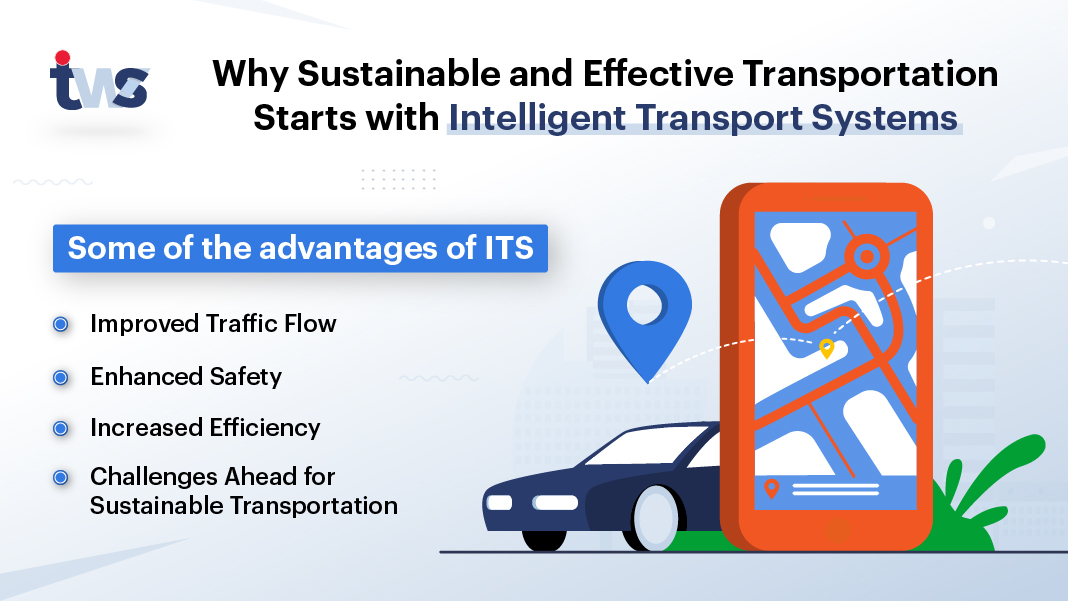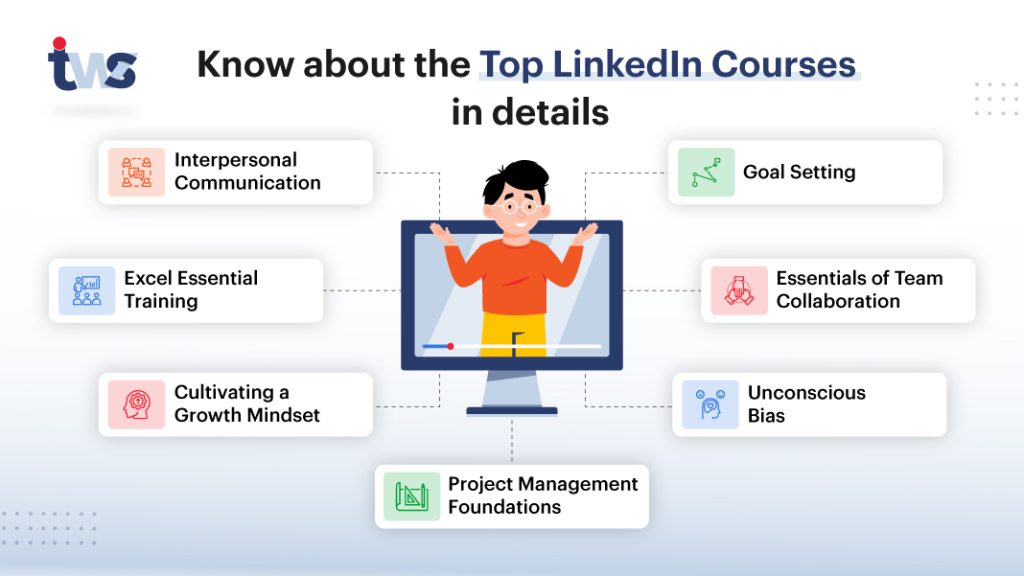
As our cities continue to expand, we face many challenges that could potentially erode our quality of life. Urban mobility is one major concern that is expected to worsen in developing countries due to increased car ownership. This will result in more traffic congestion, higher costs for motorists, increased air and noise pollution, stress, and accidents.
Thankfully, there are solutions to these challenges, and one of the most promising is Intelligent Transport Systems (ITS). These systems utilize modern technologies to create transportation systems that are safer, more efficient, and better for the environment.
In Iran for instance, transportation authorities recognized the need to increase roadway capacity due to congestion and implemented an adaptive traffic control system that optimized fuel consumption while reducing pollution. It consistently reduced travel times and average delays for stopped and approaching vehicles – showing how ITS can enhance urban mobility.
According to the latest estimates made by Market.us,” The overall size for intelligent transportation management system market is expected to reach 60.15 billion by 2032 from USD 27.15 billion in 2021. It is expected to grow at a CAGR of 7.5% between 2023 and 2032.”
Table of Contents
The Role of Intelligent Transport Systems in Sustainable Transportation:
Intelligent Transport Systems (ITS) are advanced technologies that enable transportation systems to run more efficiently and securely. ITS can help address the challenges of sustainable transportation by optimizing traffic flow, reducing emissions, improving safety, and increasing people’s movement both personally and for goods.
Some of the advantages of ITS include:
Improved Traffic Flow: By optimizing traffic signals and providing real-time traffic information, ITS can help reduce congestion and travel times, providing commuters with improved mobility as well as reduced greenhouse gas emissions.
Enhanced Safety: ITS can help reduce accidents by providing real-time information on road conditions, weather patterns, and hazards to drivers; plus it automatically detects and responds to incidents.
Increased Efficiency: ITS can help reduce fuel consumption and emissions by optimizing routes, cutting idling times, and encouraging eco-driving practices.
Better Accessibility: ITS can provide real-time information on public transit schedules and availability, making it simpler for people to take public transport instead of private cars.
Challenges Ahead for Sustainable Transportation:
Sustainable transportation offers many benefits, yet there remain obstacles that must be overcome. Some of these issues include:
Increased car ownership: In many developing countries, rising car ownership is contributing to more congestion, air pollution, and road accidents.
Limited Infrastructure: Many urban areas lack adequate transportation infrastructure, such as public transit systems, bike lanes, and pedestrian walkways, making it difficult for people to get around safely and efficiently.
Funding Restrictions: Adopting ITS necessitates a significant investment, and many cities and transportation agencies may lack the financial capacity to make such an investment.
How ITS can Address the Challenges:
ITS can help address these challenges in several ways:
• Optimizing traffic flow to reduce congestion and travel time
• Providing real-time information to travelers to help them make informed transportation choices
• Enhancing public transportation services to improve mobility options
• Improving the efficiency of transportation systems to reduce emissions and improve air quality
• Increasing public awareness and support for sustainable transportation through public education campaigns
Upgrade Your Transport Experience with Us!
Transform your transportation with our Intelligent Transport Systems for efficient and seamless journeys.
Steps to Implementing Intelligent Transport Systems for Sustainable Transportation:
Conducting a Transportation Needs Assessment:
The initial step in implementing an IT strategy for sustainable transportation is conducting an ITS needs assessment. This assessment should identify the current and future transportation needs of the community, as well as areas where ITS can assist with these needs.
Developing a Sustainable Transportation Plan:
The next step is to create an ITS-integrated sustainable transportation plan. This document should identify goals and objectives for sustainable transport, such as reducing emissions, improving mobility, and increasing safety.
Developing an ITS Strategy:
The ITS strategy should be created in concert with the sustainable transportation plan. This plan should identify specific technologies and solutions that can help achieve the goals and objectives set out for it.
Collaborating with Stakeholders:
Implementing an ITS strategy necessitates collaboration among various parties, such as transportation agencies, local governments, and the private sector. Doing this ensures that the ITS strategy is tailored to meet the needs and priorities of the community.
Implementing the ITS Plan:
The implementation of an ITS plan should take a phased approach, with priorities and timelines identified. An implementation may necessitate installing new technology like traffic sensors or advanced traffic signal systems.
Monitoring and Evaluating the ITS Plan:
Monitoring and assessing an ITS plan is essential to guarantee that it meets the goals and objectives set out in the sustainable transportation plan. Monitoring can identify areas where adjustments or improvements may need to be made in order for it to function optimally.
A Few Developments in the Intelligent Transport Systems
Connected and Automated Vehicles (CAVs):
CAVs, or Connected and Automated Vehicles, are an essential element of Intelligent Transportation Systems (ITS). CAVs use advanced sensors, communication networks, and data analytics to improve traffic flow, reduce congestion on roads, and ensure safety on the road.
By communicating with other vehicles as well as traffic management systems, CAVs can make real-time decisions that optimize their performance while minimizing their environmental impact.
Smart Parking Systems:
Smart parking systems are an emerging technology in Intelligent Transport Systems (ITS) that can help reduce traffic congestion and emissions. Through sensors and real-time data analysis, these systems direct drivers to available spots – saving them time and fuel wasted in searching for a spot.
Furthermore, these are integrated with other transportation modes like public transit or bike-sharing services for a more seamless and sustainable travel experience.
Electric Vehicles (EVs) and Charging Infrastructure:
Electric vehicles and charging infrastructure are not new technologies, yet their widespread adoption is essential for reaching sustainable transportation objectives. IT can assist in encouraging the use of EVs by providing real-time information on charging stations and optimizing the process to reduce wait times and energy consumption.
Moreover, ITS helps manage EVs’ impact on electricity grid availability by balancing the demand for charging with available renewable energy supplies.
Mobility-as-a-Service (MaaS):
MaaS is an emerging concept in sustainable transportation. MaaS integrates various modes such as public transit, car sharing, bike sharing, and ride-hailing into one unified system accessible through a mobile app. Information Technology Services (ITS) can facilitate MaaS by providing real-time data on the availability and location of transportation modes and optimizing routing/scheduling decisions to reduce congestion and emissions.
Realizing the full potential of sustainable transportation requires a collaborative effort from all parties involved – governments, businesses, and individuals.
We must collaborate to develop policies and incentives that encourage sustainable behavior, invest in necessary infrastructure and technologies, and encourage livable cities while also protecting our planet for future generations. By doing so we can create livable cities, foster social equity, and expand economic opportunities while protecting our environment for generations to come.







 Business Number
Business Number